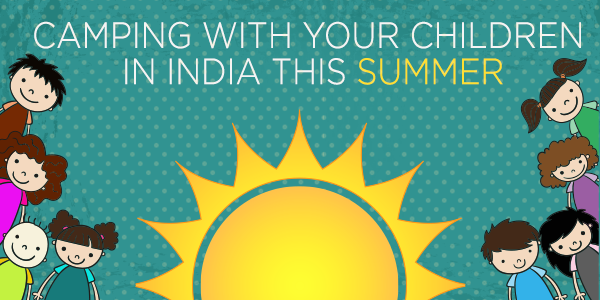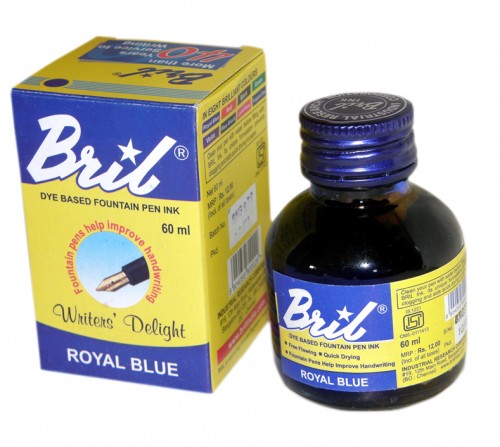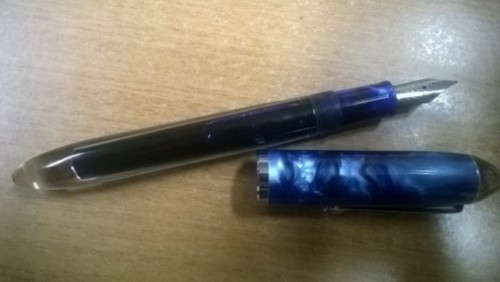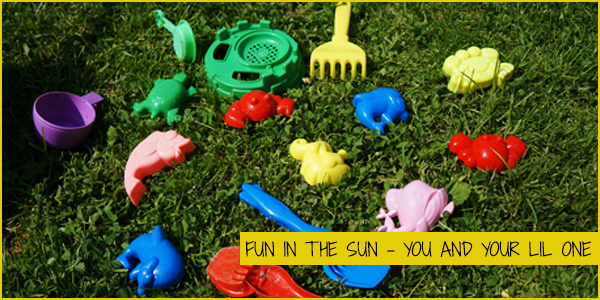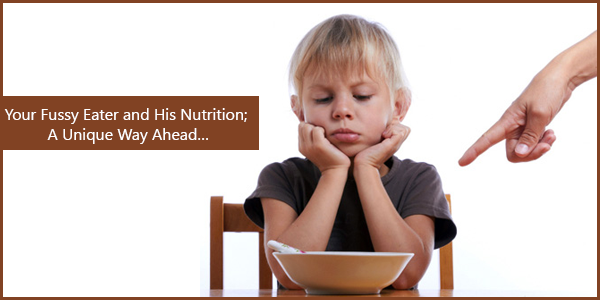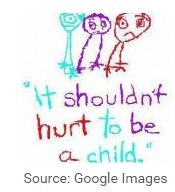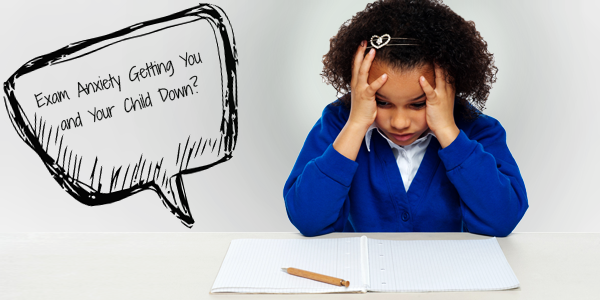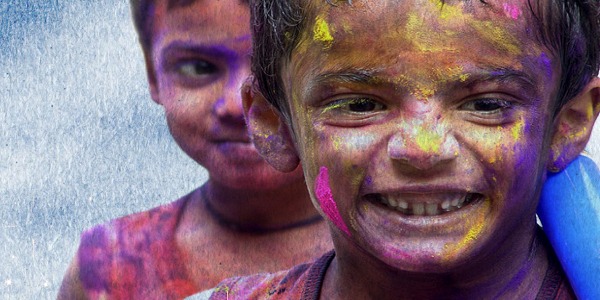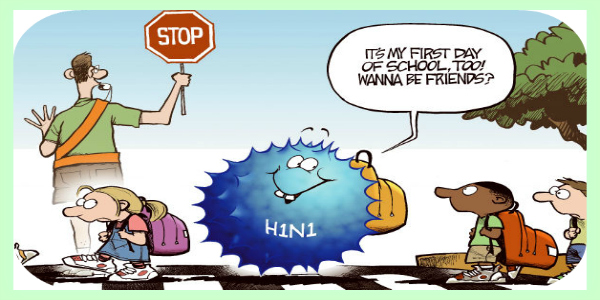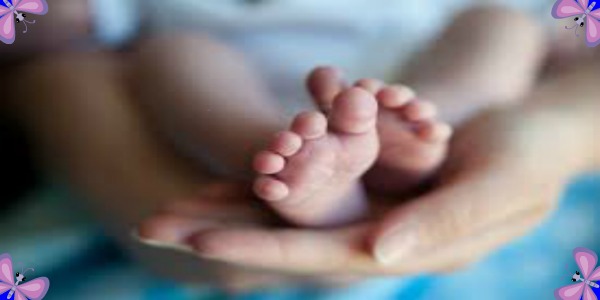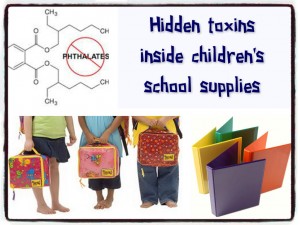Summer vacation brings back memories of lazy afternoons spent stuffing ourselves with mangoes, playing in our grandparents backyard, a lot of TV and a book or two. Fast forward to 2015, and summer vacations come so action packed, there’s no time to be lost!
Brimming with a sense of purpose, parents like to send off their kids to eco-friendly summer camps, where they not only learn about team work but also stay close to nature and learn about its delicate balance.
So we decided to put together a list of camping spots in South India for you that are child friendly!
